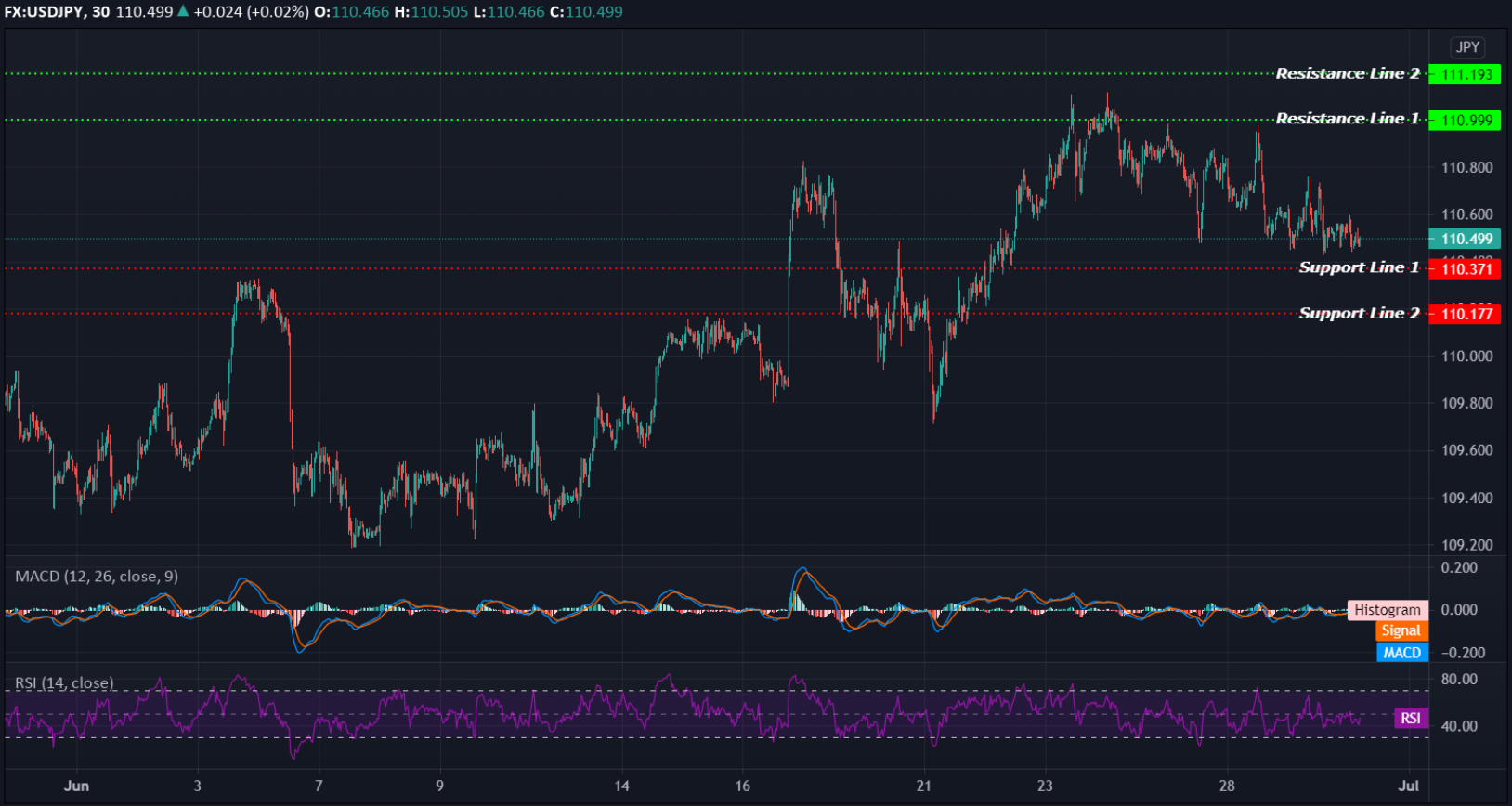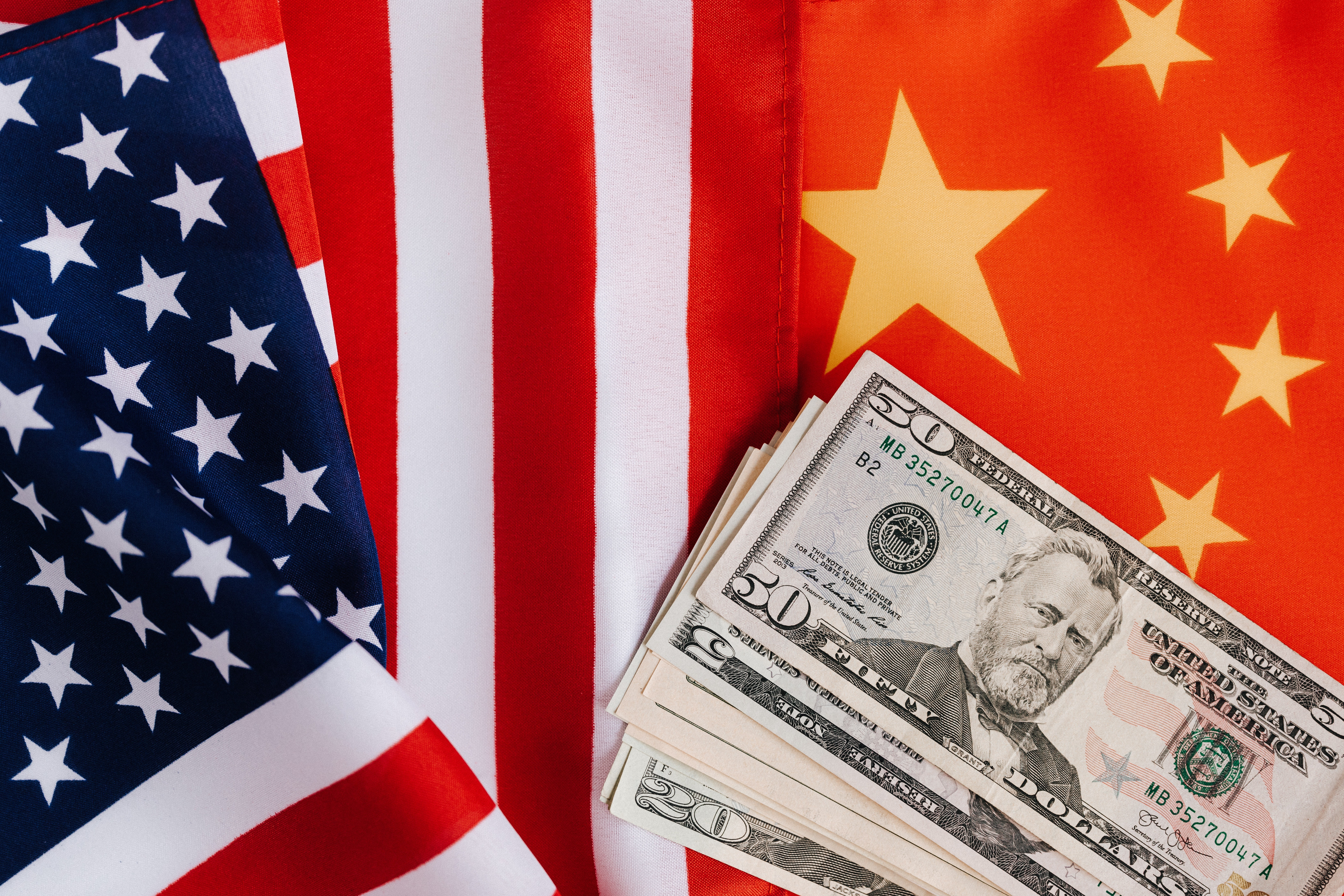EQUITIES
Shares in Asia-Pacific traded mostly higher on Wednesday trade. Mainland Chinese Shanghai composite was up 0.24%, the South Korea’s KOSPI added 0.43%, the Australia’s S&P/ASX 200 rose 0.61%, and the S&P BSE Sensex in India advanced 0.26%.
The Singapore’s Straits Times index led gain regionally at 1.33% higher, while Japan’s Nikkei 225 was just above the flatline, and Hong Kong’s Hang Seng index was subdued, edging down 0.16%.
Overnight on Wall Street, the Dow Jones Industrial Average rose 0.03%, to 34,292.29. The S&P 500 gained 0.03%, to 4,291.8 and the Nasdaq Composite added 0.19%, to 14,528.34.
OIL
Angst over the Delta variant of the COVID-19 virus spread hit oil prices, which slipped for a second day as investors worried about slower fuel demand growth.
The Brent now traded at $74.76 per barrel, and U.S. crude futures traded at $72.98 per barrel.
Overnight, the Brent closed at $75.07, while WTI ended at $73.44 per barrel.
CURRENCIES
The dollar index edging down from 1-week peaks overnight to sat at 92.044 on Wednesday. Virus woes raised concerns in a market that is already on edge ahead of U.S. jobs data seen as crucial to the Fed’s monetary policy outlook.
Meanwhile U.S. Treasury yields were also slightly lower. The benchmark 10-year note last yielded 1.477%, down slightly from 1.48% late on Tuesday.
GOLD
Gold prices held steady on Wednesday, but prices were set to post their worst month since November 2016 on the Fed’s shift to a hawkish policy stance.
The spot gold slipped to $1,760.30 an ounce and shed to $1,761.80 per ounce for gold futures. Previously closed at $1,761.10 and $1,763.40, respectively.
Silver rose 0.17% to $25.94 per ounce. Palladium gained 0.30% at $2,689.00 and was headed for a fourth straight quarterly gain.
Platinum down 0.23% to $1,068.10 and was set to post its worst quarter and month since March last year.
ECONOMIC OUTLOOK
Global equities were flat on Wednesday as investors held back from making big bets on concerns of the Delta variant of COVID-19. Investors also reacted to the release of several mixed economic data from Asian and U.S.
Economic impact of the highly infectious Delta variant kept investors on edge. Indonesia, Malaysia, Thailand and Australia are all battling outbreaks and tightening restrictions, and Spain and Portugal announced restrictions for unvaccinated British tourists.
U.S. consumer confidence jumped to its highest level in nearly 1-1/2 years in Jun, at a reading of 127.3, the highest level since February 2020, from 120.0 in May, bolstering expectations for strong economic growth in the Q2. That came even as the Federal Housing Finance Agency house price index shot up a record 15.7% in April from a year ago, corroborating soaring house price inflation.
Growth in China's factory activity dipped to a 4-month low in June. The official manufacturing PMI eased slightly to 50.9 in June versus 51.0 in May. A separate survey of NBS non-manufacturing PMI fell to 53.5 in June from 55.2 in May.
Japan's industrial output posted the biggest monthly drop in a year in May. The factory output slumped 5.9% in May from the previous month.
Figures released by API showed U.S. crude stocks fell by 8.2 million barrels, gasoline inventories rose by 2.4 million barrels and distillate stocks climbed by 428,000 barrels. Separate data by the U.S. Energy Department will be released later today.
TECHNICAL OUTLOOK
[USDJPY]
Important Levels to Watch for Today:
- Resistance line of 110.999 and 111.193.
- Support line of 110.371 and 110.177.
Commentary/ Reason:
- The Japanese yen firming slightly at 110.499 per dollar.
- Both the U.S. dollar and yen have benefited from some safe-haven demand, driven by concerns over the spread of the highly contagious COVID-19 Delta variant.
- Dollar gave up modestly and turned lower after the yen strengthened when T-note yields fell back from their best levels.
- The U.S. dollar held on the sidelines ahead of Friday's jobs report.















